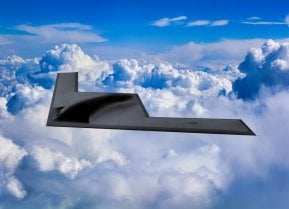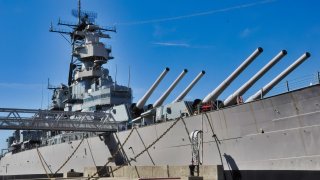Battlecarrier: How to Merge an Aircraft Carrier and Iowa-Class Battleship
One of the most dim-witted battleship conversation ideas was the battlecarrier – which could have seen the U.S. Navy's battleships modified into hybrid aircraft carriers.
The Warship Not Needed – A Battlecarrier: Naval history is filled with innovative ideas that advanced the capabilities of warships, yet there were also plenty of concepts that should have been "deep-sixed." During the age of the battleships, there was also an attempt to build larger and more powerful vessels.
Naval designers saw larger as better – and it was only during the Second World War, as naval aviation came into its own, that it was realized that massive warships simply made for equally massive targets.
The era of the battleship, which had only been ushered in a generation earlier, ended thanks to the advent of aircraft carriers and their air wings. Today, land-based anti-ship weapons further drive home that floating fortresses that can bombard near-shore targets are no longer needed,
However, it was also during World War II that the United States built the largest fleet of vessels in its history – and after the end of the conflict, even as many warships were put in reserve, sold off to foreign navies, and scrapped, consideration was given how to best convert or modernize some of those ships for the changing world.
One of the most dim-witted ideas was the battlecarrier – which could have seen the U.S. Navy's battleships modified into hybrid aircraft carriers.
Conversion to Aircraft Carriers
It is true that the U.S. Navy's first aircraft carrier, USS Langley (CV-1), was actually converted in 1920 from the collier (coal transport ship) USS Jupiter (Navy Fleet Collier No. 3), while the Lexington-class aircraft carriers – USS Lexington (CV-2) and USS Saratoga (CV-3) – were built on hulls originally laid down as battlecruisers.
Thus, during World War II, a plan was considered to convert two of the Iowa -class battleship hulls then under construction – Illinois (BB-65) and Kentucky (BB-66) – into full-deck carriers, but it was deemed too costly.
As previously reported, construction on USS Illinois was put on hold in 1942, and the Battles of Coral Sea and Midway almost resulted in a change of course. Serious consideration was even made by the Bureau of Ships to convert both BB-65 and BB-66 into aircraft carriers.
As proposed, the two vessels would have flight decks that would have been 865 feet long by 108 feet wide – while the flattops would have still carried armament identical to the U.S. Navy's Essex-class, which consisted of four twin 5-inch gun mounts and four additional 5-inch guns in single mounts.
However, the conversation plans were quickly scrapped after it was determined that the converted carriers could carry fewer aircraft than the Essex-class; while it was readily apparent a purpose-built carrier could be built in the same time and at a far lower cost. Thus, the decision was made to complete BB-65 and BB-66 as battleships – but the priority to do so was low.
Following the Korean War, a proposal was also made to convert those ships to amphibious assault carriers, but it was also dropped.
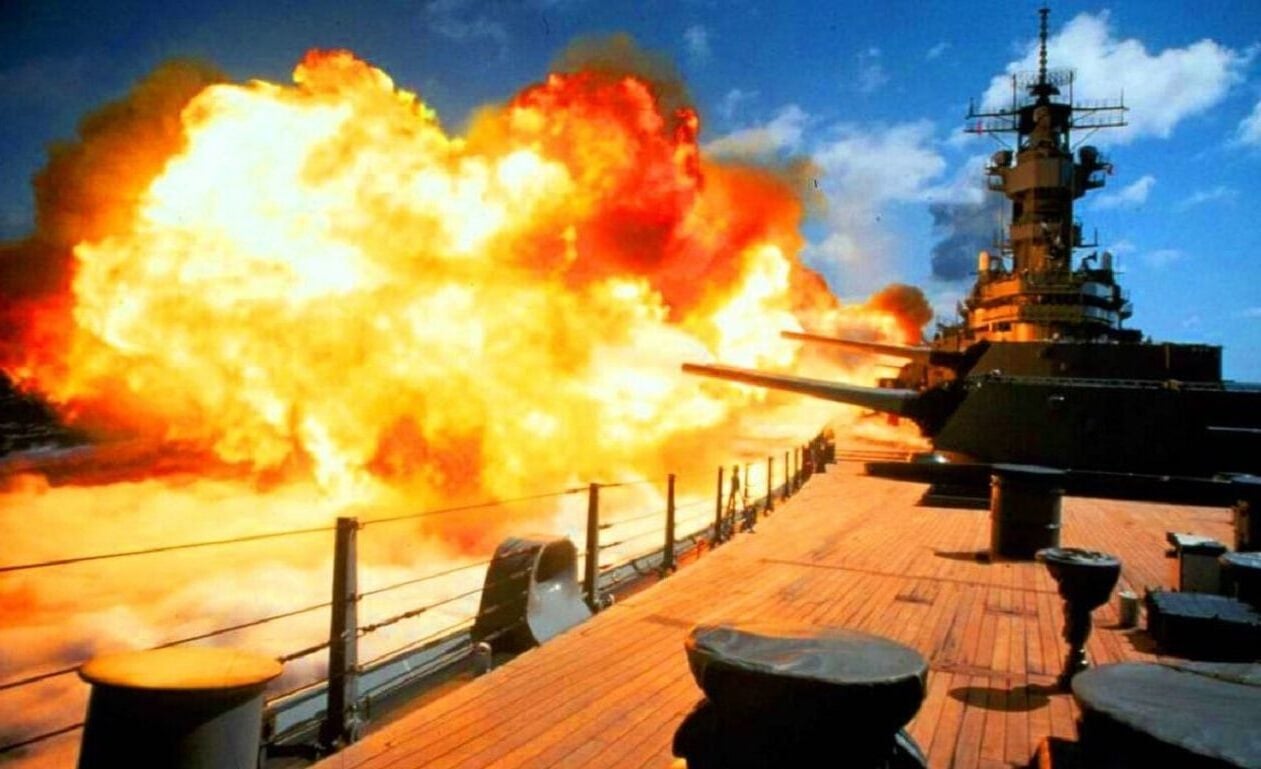
The Battlecarrier Revisited
As late as the 1980s, another conversion project was introduced. There was a small but determined cadre who saw the potential of a battlecarrier.
Among the ideas floated was the Interdiction Assault Ship (IAS), which called for an Iowa-class battleship to be converted to a carrier by removing the aft main gun turret, freeing up space for a V-shaped ramped flight deck positioned at the warship's stern. Each leg of the V would have been extended, so that planes taking off would fly past the ship's exhaust stacks and conning tower.
In addition, a new hangar would be added, along with two elevators. In theory, the hanger could support up to just a dozen McDonnell Douglas AV-8B Harrier II jump-jets. It would hardly have been a sizeable airwing.
Fortunately, such a folly never materialized.
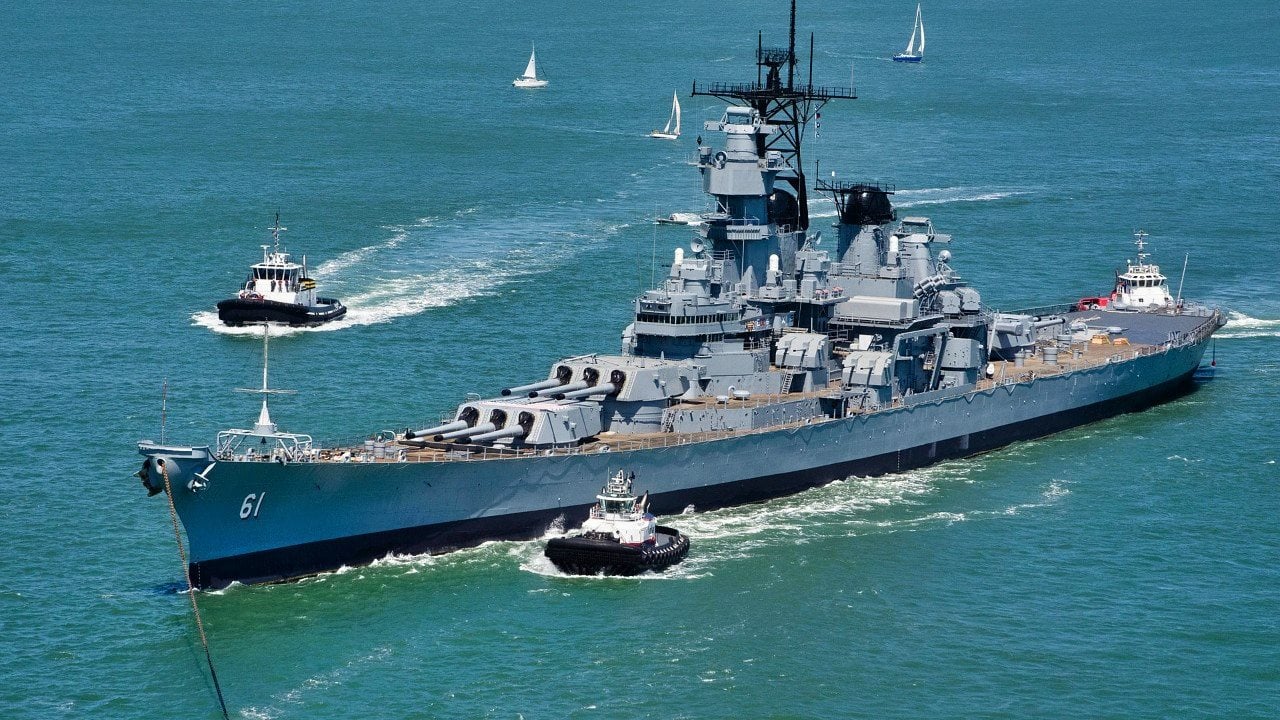
"As Admiral [Elmo] Zumwalt wrote to one petty officer in 1973, conversion of the Iowa-class battleships had been considered and studied, but all had reached the same conclusion: the ships were too old, too manpower intensive, too expensive to operate, and too costly, especially in comparison to the new sea control ship design," Jon Hoppe noted for the U.S. Naval Institute's Naval History Magazine in June 2002.
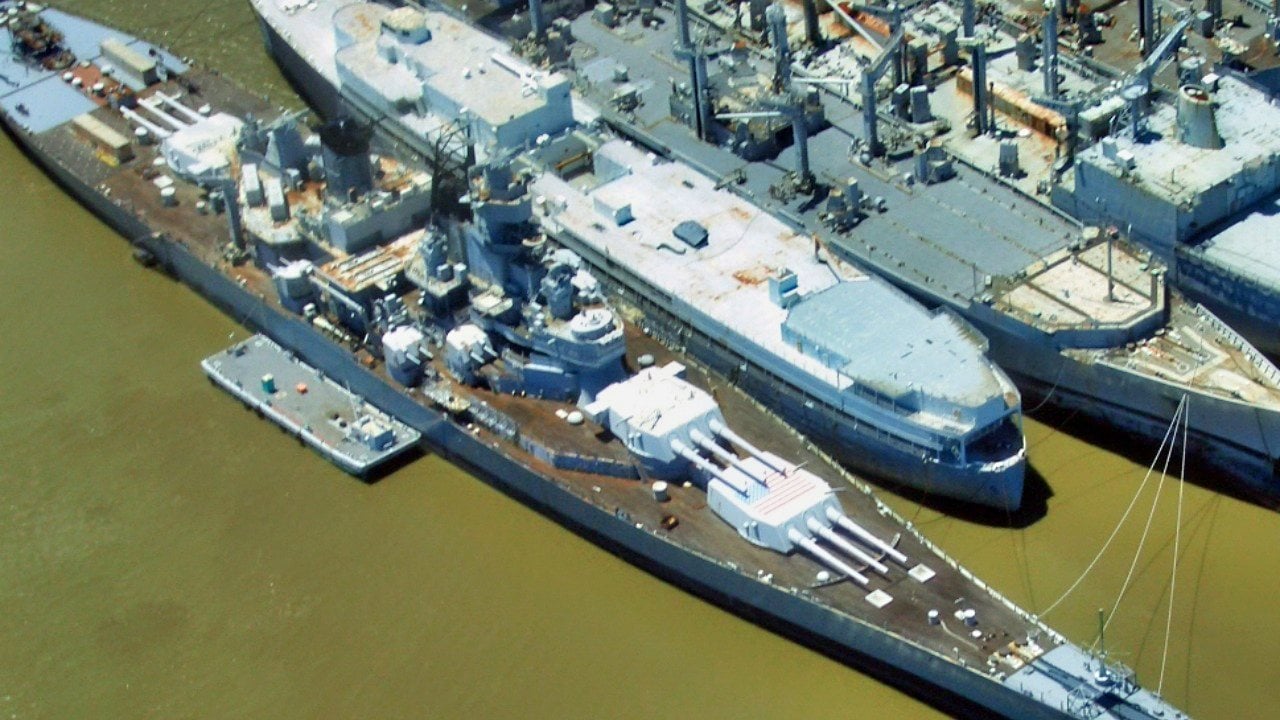
While there were still those who pushed for such a hybrid as late as the mid-1990s, it was clear to most naval experts that Zumwalt made a good case for why the concept was flawed. There will likely continue to be a debate on what could have been, yet, the fact remains that the assessment was likely correct. There was simply never a need for a battle carrier – as it was only trying to tie the old with the new. It would have resulted in a carrier that carried too few aircraft, while the sun had long set on the age of the battleship.
Author Experience and Expertise: Peter Suciu
Peter Suciu is a Michigan-based writer. He has contributed to more than four dozen magazines, newspapers, and websites with over 3,200 published pieces over a twenty-year career in journalism. He regularly writes about military hardware, firearms history, cybersecurity, politics, and international affairs. Peter is also a Contributing Writer for Forbes and Clearance Jobs. You can follow him on Twitter: @PeterSuciu. You can email the author: [email protected].
